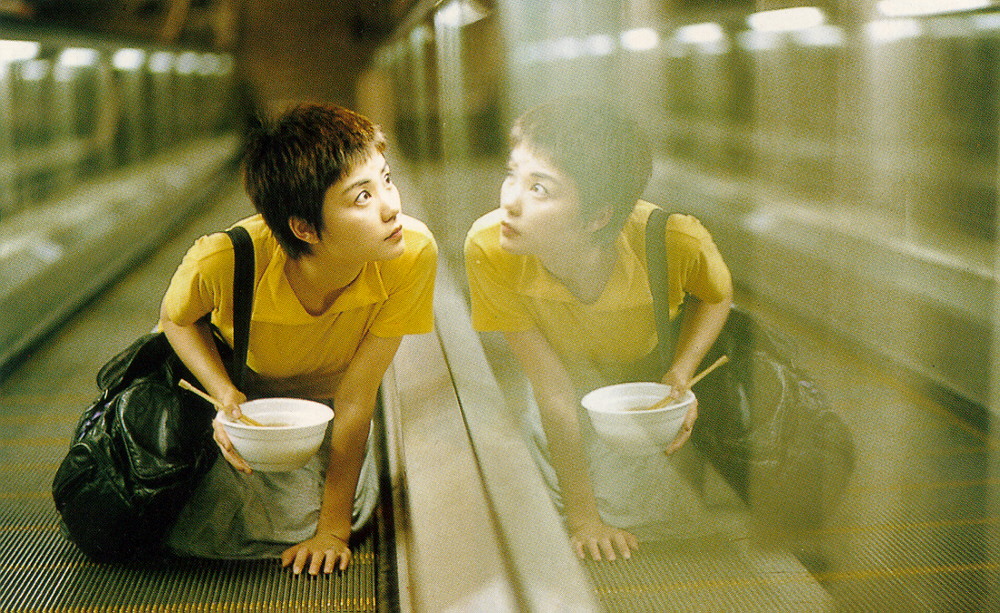
Described sometimes as a pope of modern cinema, Godard has always been famous for his lifetime struggle to reinvent the language of the cinema so it could establish its unique form merely resembling traditional narrative methods. During the peak of his popularity, mainly in 1960’s at the outburst of Nouvelle Vague movement, the French-born director was celebrated for unprecedented audacity of experimenting that provided the world of cinema with many innovative ideas. He is the person most frequently credited for making the ground for modern cinema and the creation of completely new aesthetics taking into account e.g. chaotic structure, polemics with genre conventions, natural flippancy and characteristic mise-en-scene.
Although the master himself must have believed in a symptomatic credo “if you stand still, you are actually going backwards” as he has been changing his approach towards filmmaking something like a dozen times, he still remains one of the most influential directors of all time. Having recently switched into film essays, Godard continuously seems to explore the boundaries of the language of the cinema, yet without any doubt its rapid evolution owes mainly to his early period (1960-1968) where the French director made such classics as “Breathless”, “Pierrot le Fou” and “The Contempt”. So let’s take a look at the best movies which owe their form to the incredible Jean-Luc.
10. Synonyms (2019)
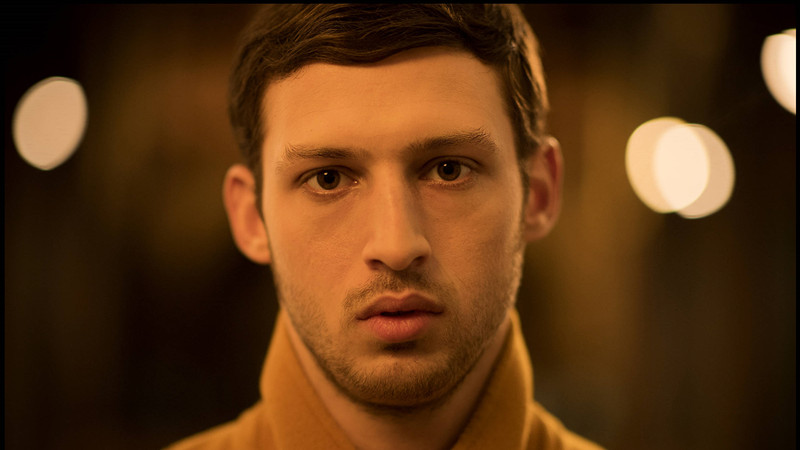
A Golden Bear laureate for the best picture at 2019 Berlinale and Nadav Lapid’s first movie made outside Israel, “Synonyms” is a bold tribute to the Nouvelle Vague movement in which the spoken language, or more precisely the words, seem to constitute the key medium by means of which we become familiar with protagonist’s history and complex personality.
Thanks to the outlandish extrapolation of flamboyant and symptomatically nonchalant form specific to early Godard, Lapid’s film is a very refreshing voice which shows a deep faith in the possibility of shaping the modern language of the cinema. “Synonyms” owes its critical acclaim mostly to stylistic creativeness exploring the innate conflict between language and epistemology, the narrative plot which discusses valid socio-cultural issues and the creation of the main characters who are vivid, full of contradictions and well-played.
The film recounts a story of Yoav, a young man of Israeli origin who mysteriously finds himself in Paris with absolutely no clue what to do next. He accidentally comes across a young couple who helps him start a new live. From the very beginning Yoav exhibits a compulsive need for learning French and dives into a dictionary to memorize enormous amount of synonyms to express his emotions as descriptively as possible. Words, especially pertaining to Israel, seem to reveal the particles of Yoav’s personality and through them we discover subsequent elements of a difficult relation with his past. Through the course of the film we gradually begin to understand his obsessive refusal to speak Hebrew which brings to his mind only repulsive associations.
9. Medium Cool (1969)
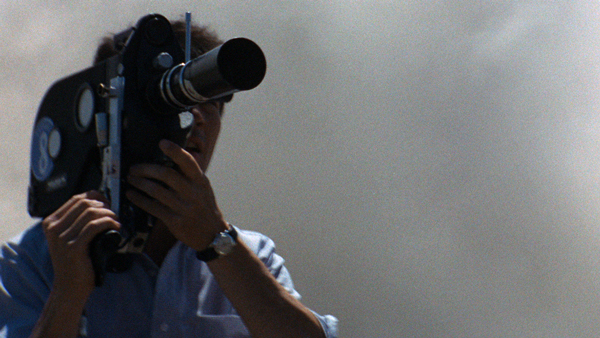
Wexler’s epitome of zeitgeist-catching movies is probably one of the most unfairly forgotten masterpieces of all time. Described by Roger Ebert as “so important and absorbing” and praised by many critics, “Medium Cool” is not only a feast for a cinephile but also a philosophical reflection upon the role of the modern medias and the engagement of a journalist. Wexler’s movie owes its title to one of Marshall McLuhan’s theories where he called the television a cool medium, by which he meant that the cooler the medium the higher the participation and the more has to be shown in order to fill in the blanks. Nowadays its theme still seems to be very relevant and important for the ongoing media culture however, by the time it had been released in 1969 it was an earthquake.
It is a story of a young television news cameraman John Cassellis who, during the era of counterculture upheaval of late 1960’s, struggles to broadcast the most dramatic events which somehow don’t seem to affect him personally. After being fired by the news station, John finds a new job at the Democratic National Convention and in the course of it, he meets Eileen and her son Howard with whom he quickly becomes friends. As his personal life is thriving, John still refuses to engage in the burgeoning havoc all around and he eventually becomes the victim of men like himself.
Conveying to one’s mind not only the concepts of Nouvelle Vague but also documentary movement of Cinema Vérité, Medium Cool possesses many characteristic features specific to Godard’s stylistics e.g. movie’s self-consciousness, breaking the fourth wall and deep political message. Not to mention the fact that Haskell Wexler highly admired the French master and cited his works as the biggest influence for “Medium Cool”.
8. Entranced Earth (1967)
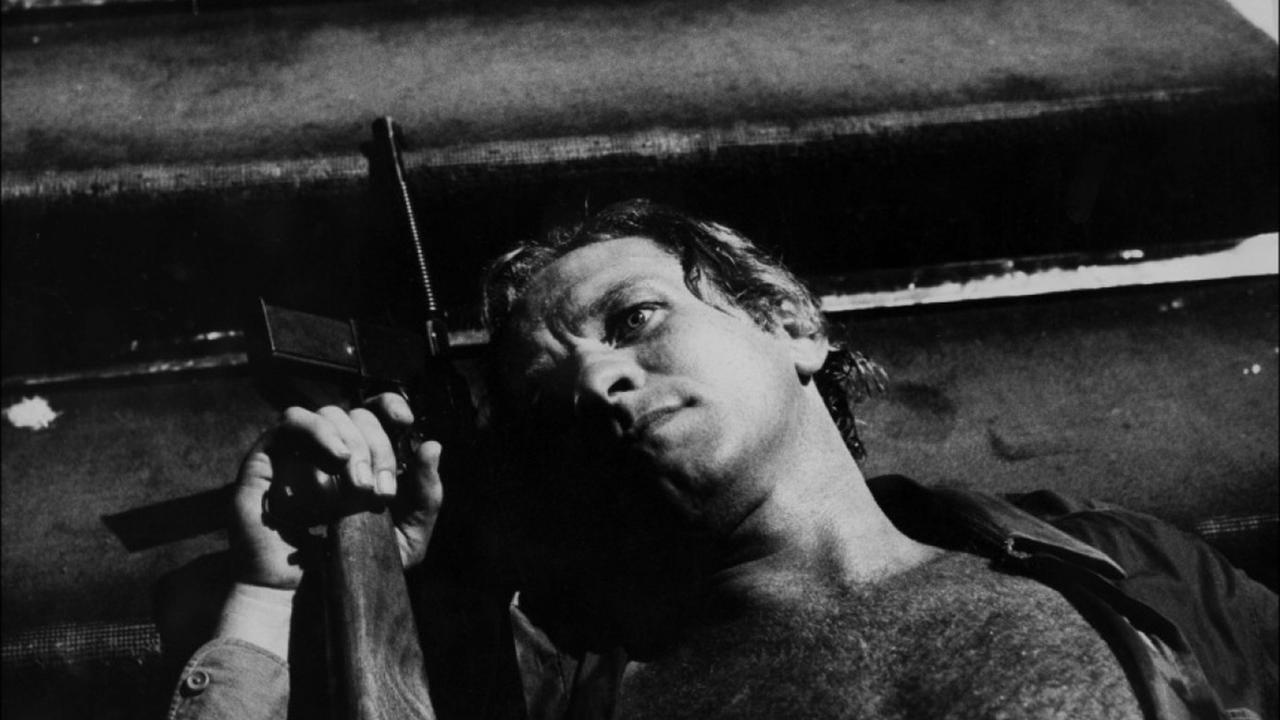
Cinema Novo was obviously Brazil’s most important and most acclaimed movement globally in the country’s cinema history. Its main figure Glauber Rocha through only 23 years of his career as a filmmaker has released many important movies, with “Entranced Earth” (“Terra em Transe”) regarded as one of the greatest achievements of Brazilian cinema.
The film resembles an iconic fresco which tells an emotional story of intelligent and buoyant people entangled in unresolvable political conflict where both sides are powerful enough to suppress and eliminate idealistic individuals. Although set in nonexistent country, the film’s clearly political momentum refers to the time of the political crisis in Brazil which lasted from 1960 to 1966. In this sense Rocha’s movie can be perceived pioneering as in 1967 the outburst of politically-driven movies was still yet to come.
Despite its flippant stylistics and chaotic structure which obviously reminds us of the Nouvelle Vague movement, “Entranced Earth” is a well-crafted story of disillusionment which innately accompanies politics. Recounted as flashback from the point of view of Paulo Martins, a journalist and poet linked to the conservative politician, “Entranced Earth” invites us for a journey through the world of political tricks and infidelity, broken promises and alliances, and of course ubiquitous violence.
As can be concluded from the title, the impression that arises from Rocha’s picture is vibrant and fearful, yet owing to the narrative plot conveying the atmosphere of a bizarre political thriller it remains immensely absorbing. Rocha constantly confronts seemingly discordant images interweaving poetry with gun shots, eponymous ideas with boorish ruses, forming a unique collage which eventually becomes what could be called a modern film symphony.
7. Mauvais Sang (1986)
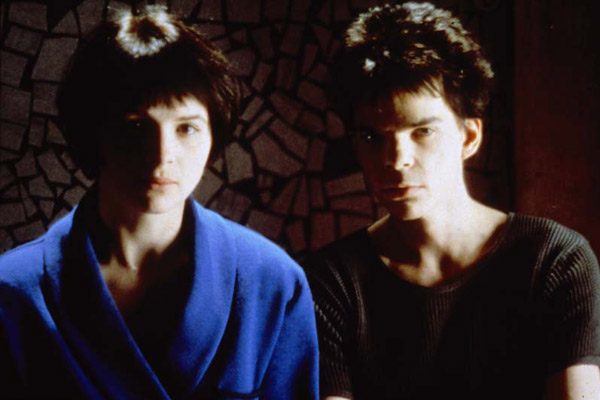
A key representative of so called Cinema du look movement, Leos Carax, once baptized as a wonder child of French cinematography, was only 26 when he directed his first big picture starring the famous Michel Piccoli and rising stars of Denis Lavant, Juliette Binoche and Julie Delpy. His bold and frightful reflection upon the fragility of human relations clearly corresponds to Godard’s “Alphaville”. Both take us to the near future, both seem to have an apparent criminal background, both depict a designated to fail man-woman relationship and finally they both exhibit a total loss of faith in humanity.
“Mauvais Sang”’s (eng. Bad Blood) similarities with Alphaville overlap not only on the narrative level as Carax makes a lot of references to Godard’s stylistics which can be observed in dynamic editing, theatrically played scenes and dispersed storyline. Although the ghost of an old master seems to be haunting “Mauvais Sang” on literally every surface, Carax’s desire for wilderness and alienation creates a unique cinematic atmosphere that he will later amplify in his upcoming “Pola X”, “Tokyo!” and obviously “Holy Motors”.
6. Everything for Sale (1969)
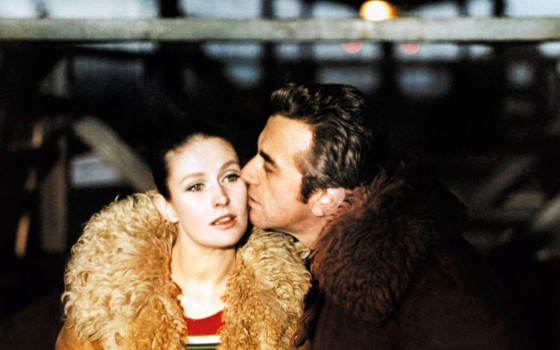
Andrzej Wajda was never really interested in catching the spirit of time in terms of stylistics. The significance of historical period during which he was shooting his movies was always extremely important and it would be fair to say that it constituted his directing strategy to the greatest extent, yet his need to tell the stories that are important in the very particular moment of time was never aesthetically driven. It was always about his characters and the setting he recreated to transmit the message to the viewers.
Such attitude brought him most critical acclaim naming four Academy Awards nominations and of course Palme d’Or in 1981 for his magnum opus -“The Man of Iron”. All things set aside, Wajda’s style has been evolving throughout these unimaginable 60 years of his career as a filmmaker, especially in the 1960’s and 1970’s when he allowed himself for a couple of experiments. The most interesting is probably “Everything for Sale”.
First of all an avant-garde homage to his friend and probably best known Polish actor of the 1960s Zbyszek Cybulski who died tragically trying to jump on the departing train, but also quite popular in those days as a “film about film”, one of the most emblematic concepts of modernist cinema. “Everything for Sale” is a purely metafictional story about a film crew searching for a missing actor to eventually discover that he died in a train accident.
Although rich in narrative ideas, the movie’s plot is not essentially important as Wajda put the biggest stress on the aura of nostalgia and the power of reminiscence and where the most personal and symbolic scenes include the figure of metafilm’s director who is obviously to represent Wajda’s porte parole. “Everything for Sale” has been frequently compared to Fellini’s “8½”, yet its shredded montage, elliptical structure and the use of mise-en-scene undoubtedly link with the works of Godard.